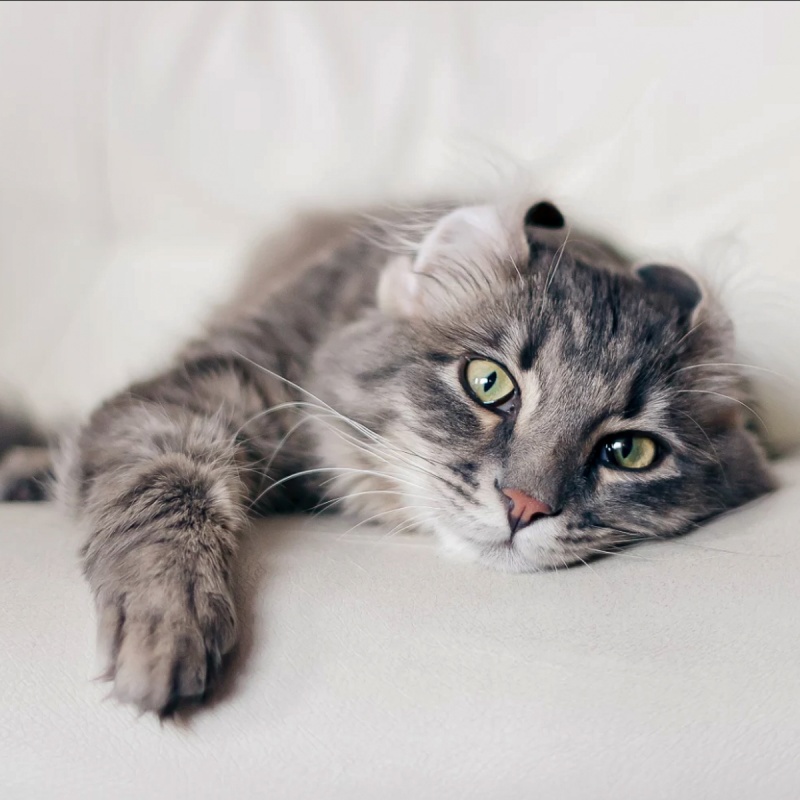
Cat bladder stones are a common problem. Although some cats are more at risk than others, any cat can get bladder stones. Whether or not your cat has been neutered has no bearing on whether or not it suffers from this painful condition. Catarrh consists of crystals, which are formed when salts crystallise in the urine. These crystals can clump together to form tiny bladder stones, the size of grains of sand. There are two different types of bladder stones. These are Struvite and Calcium oxalate. Struvite is mainly seen in young cats and consists of magnesium, ammonium and phosphate. Calcium oxalate is more common in older cats.
Bladder stones are common in:
Males, because they have a longer and narrower urethra than females, and so grit can become trapped more easily. Cats that urinate little, because the salts then have more time to crystallise. Cats that drink little. They have concentrated urine, so crystals can easily be formed. Cats fed too salty food. Food contains necessary salts, but when there are too many salts in the food there is an increased risk of developing grit. In general, bladder stones are also more common in fat cats.
The cat has to urinate a lot and for a long time. The cat has blood in its urine. The cat urinates in places other than the litter box. The cat moans during urination. The cat licks the underside of its tail. The cat has pain when touching the abdomen, and when lifting it. The behaviour of the cat seems changed.